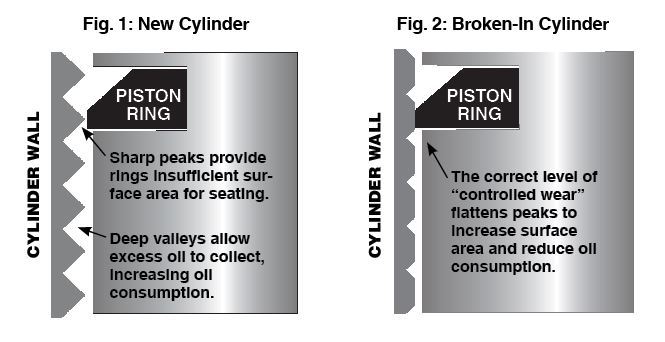Fork Oil – Which do I use? We sell a good amount of fork oil in Sioux Falls thanks to some great motorcycle shops who know how to maintain the various units out there. But if you have a shop manual, the right tools and some patience give it a try! Some units are very […]
You are browsing archives for
Tag: atv
Use This to Keep Mud Off Your ATV, Dirt ...
Keep Your ATV Clean and Ease Clean-up Daisy Quaker|Dec 17, 2018 1:37 PM If you spend your time racing down muddy trails or forging questionable terrain on your ATV, UTV, dirt bike, off-road truck or snowmobile (well, snowy trails for the latter), AMSOIL Mudslinger is about to be your best friend. This handy product will literally change your post-mudding […]
New ATV/UTV Oil Change Kits Offer Maximu...
New ATV/UTV Oil Change Kits Offer Maximum Convenience AMSOIL ATV/UTV Oil Change Kits combine everything needed to perform an oil change on the most popular models of Polaris* ATVs and UTVs in one convenient package, including… 2 or 2.5 quarts (depending on the kit) of AMSOIL 5W-50 Synthetic ATV/UTV Motor Oil • 1 oil filter To find […]
Why You Should Be Wary About Using Break...
Why You Should Be Wary About Using Break In Oil in Powersports Equipment John Baker|Sep 25, 2017 1:32 PM Marco Navarro asks on our Facebook page about break in oil, with attention paid to powersports engines. (Break in oil importance, drain interval on it, and applications. To include motorcycles and ATVs since life of engine is shorter […]



